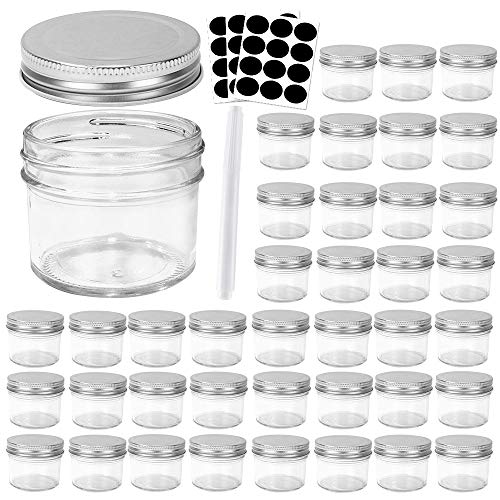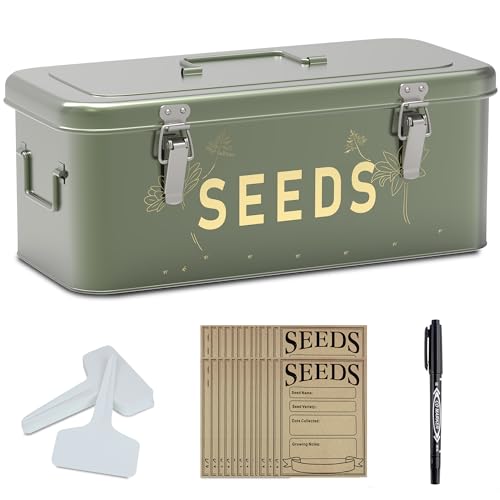Get free vegetables for years, by only buying seeds once – 5 of the best crops for collecting homegrown seeds
See a selection of vegetable seeds you only need to buy once

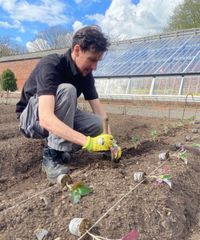
Growing vegetables at home is a joyous hobby; it brings warm and satisfying feelings as you sow seeds, raise plants, and ultimately pick the harvest. If you want to take self-sufficiency further, you can, by saving seeds from homegrown vegetables. And you can do this for free.
Saving vegetable seeds is a great way to save money and keep growing your favorite varieties year after year. When you identify a variety you love, why spend money on seeds every year when you can collect and store them from your own crops? For some, this can be done year after year, making them vegetable seeds you only need to buy once.
I have grown vegetables for many years, both as a professional in kitchen gardens, where I cultivated edibles for chefs, and on my plots at home. During that time, I have collected seeds from heirloom varieties to sow again the next year. Here are five great crops in your vegetable garden that you can collect seeds from every year.
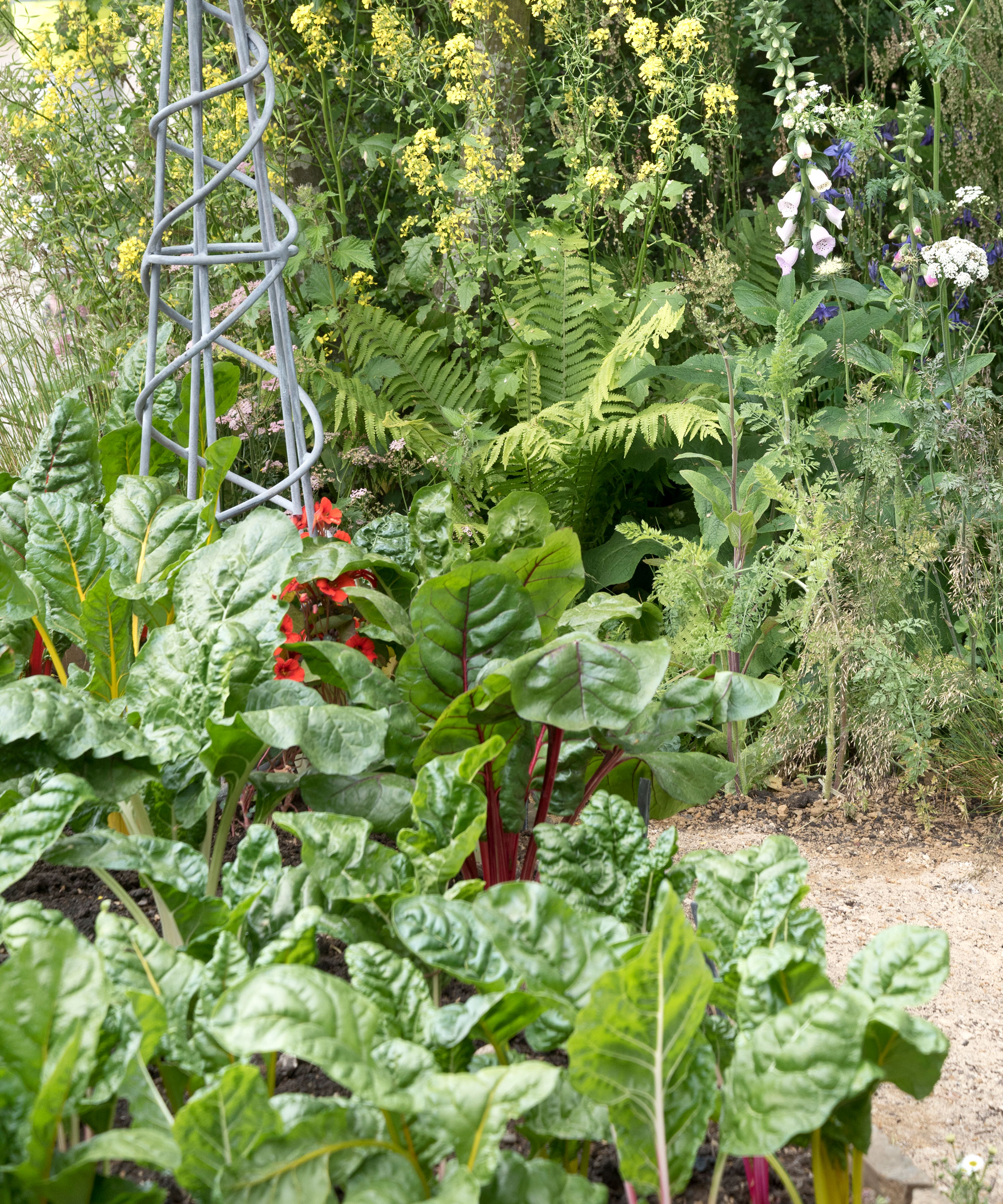
Sow, grow, collect, repeat – 5 vegetable seeds you only need to buy once
When collecting vegetable seeds, focus your efforts on heirloom varieties rather than hybrids or those labelled as F1 seeds. When shopping for seeds, look for heirloom seeds; they are tried and tested. These traditional open-pollinated varieties grow into exact clones of the plants when collected and sown. On the other hand, hybrids will not come true to type, and F1 seeds can be sterile, so you can be left disappointed if you make the seed harvesting mistake of collecting from hybrid varieties.
1. Beans
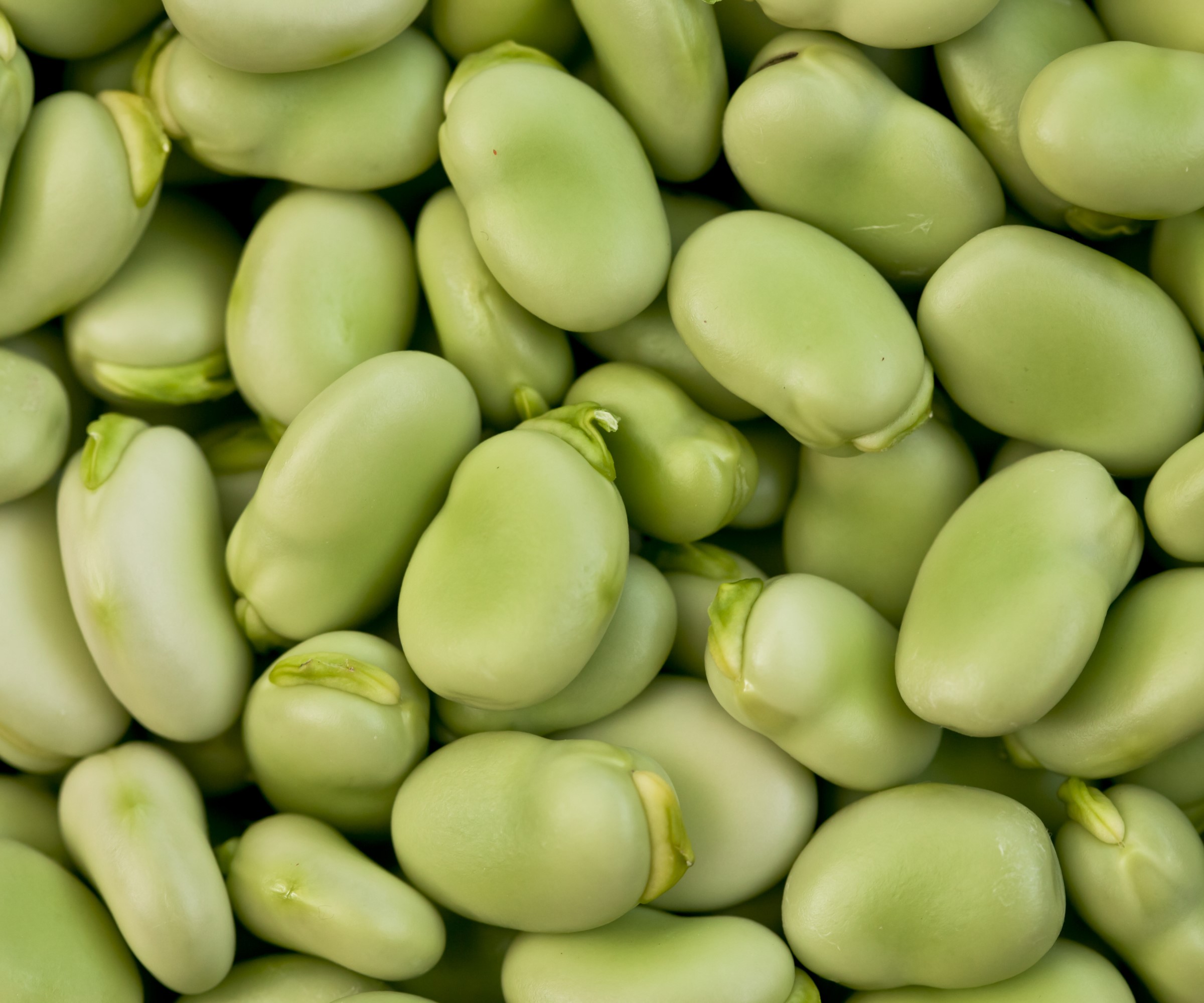
Beans top the list of the easiest vegetable seeds you only need to buy once. They are prolific plants that reliably produce a bounty of pods, and the beans are easy to collect come the end of the season.
Harvest beans as they develop throughout the summer and, come the back end, leave some pods on the plant to continue to mature. These pods are best left to dry naturally on the plant; however, if the weather turns very wet, you can cut the vines and hang the plants indoors to finish drying.
When the pods turn dry and crispy, collect them by hand from the plant, keeping the best pods and rejecting any damaged ones. You can then harvest the bean seeds from inside them and store them in paper bags or glass containers to sow again next year.
Design expertise in your inbox – from inspiring decorating ideas and beautiful celebrity homes to practical gardening advice and shopping round-ups.
You can do this with a wide variety of beans, both pole beans and bush beans. Whether you grow French beans, lima beans, pinto beans, fava beans, or runner beans, they are all suitable for saving. Overall, it makes beans great money-saving vegetables.
See the range of bean seeds at Amazon
See the range of bean seeds at Walmart
See the range of bean seeds at Burpee
See the range of bean seeds at True Leaf Market
2. Peas
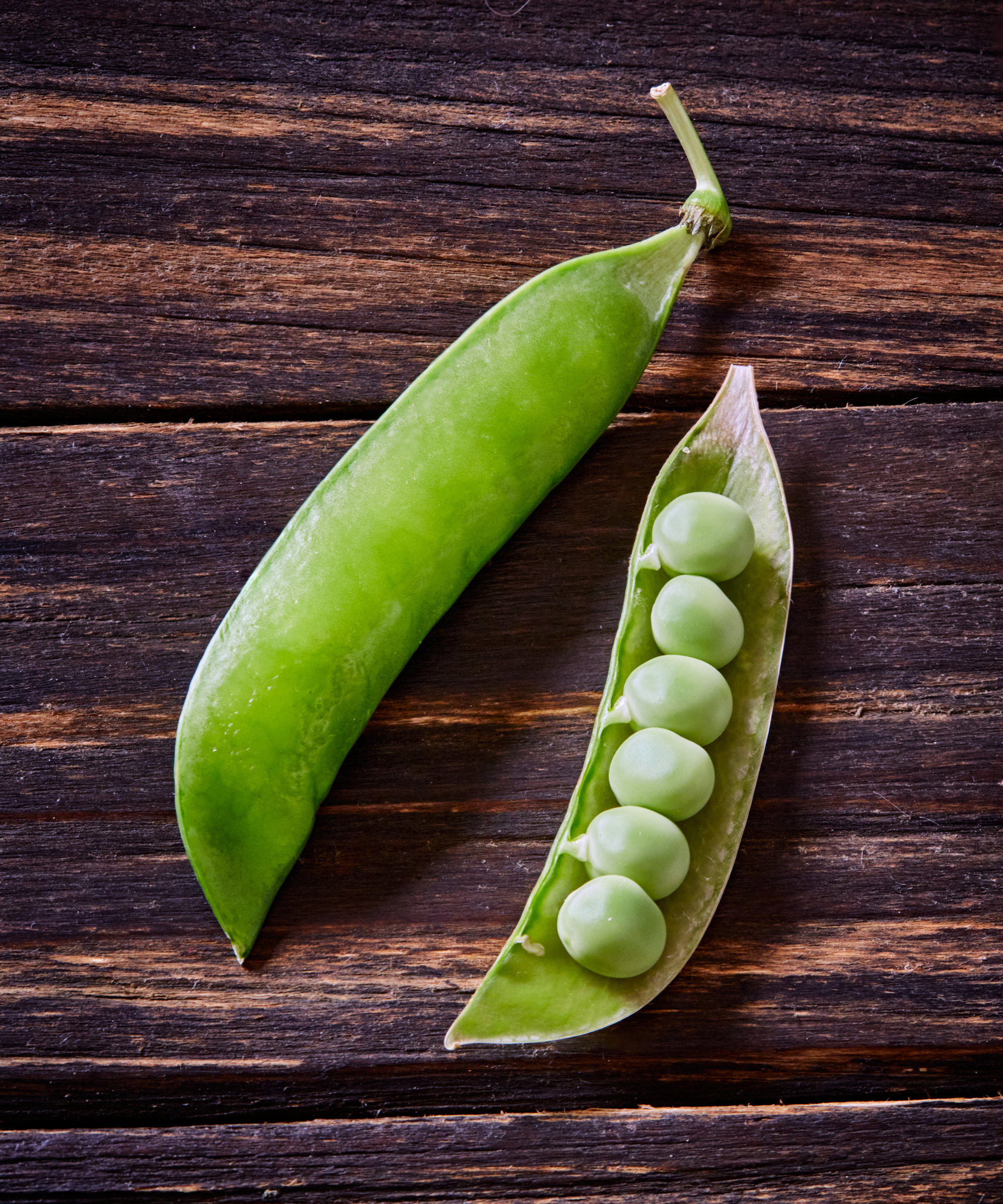
When you grow peas, they rank alongside beans as one of the best for saving seed. It means that if you find a heirloom variety that you absolutely love, it makes them vegetable seeds you only need to buy once, as you can keep growing, saving, and collecting seeds season after season.
Leaving pods on the vine to naturally dry at the end of the season can reward you with a huge haul of free seeds. Again, the pods should turn yellow and fully dry on the plant, to the point where the dried peas will rattle. If the pods get damp, you can pick them and spread them on a tray indoors to dry out
Collect the pods and open them up to get the pea seeds from inside. Keep a close eye out for signs of the pea moth, which can be a nasty surprise when you shell peas. If you see tiny caterpillars, signs of frass, or damaged peas, it is always best to throw them away rather than save the seeds.
Store the peas in an airtight container or glass jar. You can add silica gel packets to the container to soak up any moisture and prevent the pea seeds from going moldy.
See the range of pea seeds at Amazon
See the range of pea seeds at Walmart
See the range of pea seeds at Burpee
See the range of pea seeds at True Leaf Market
3. Potatoes
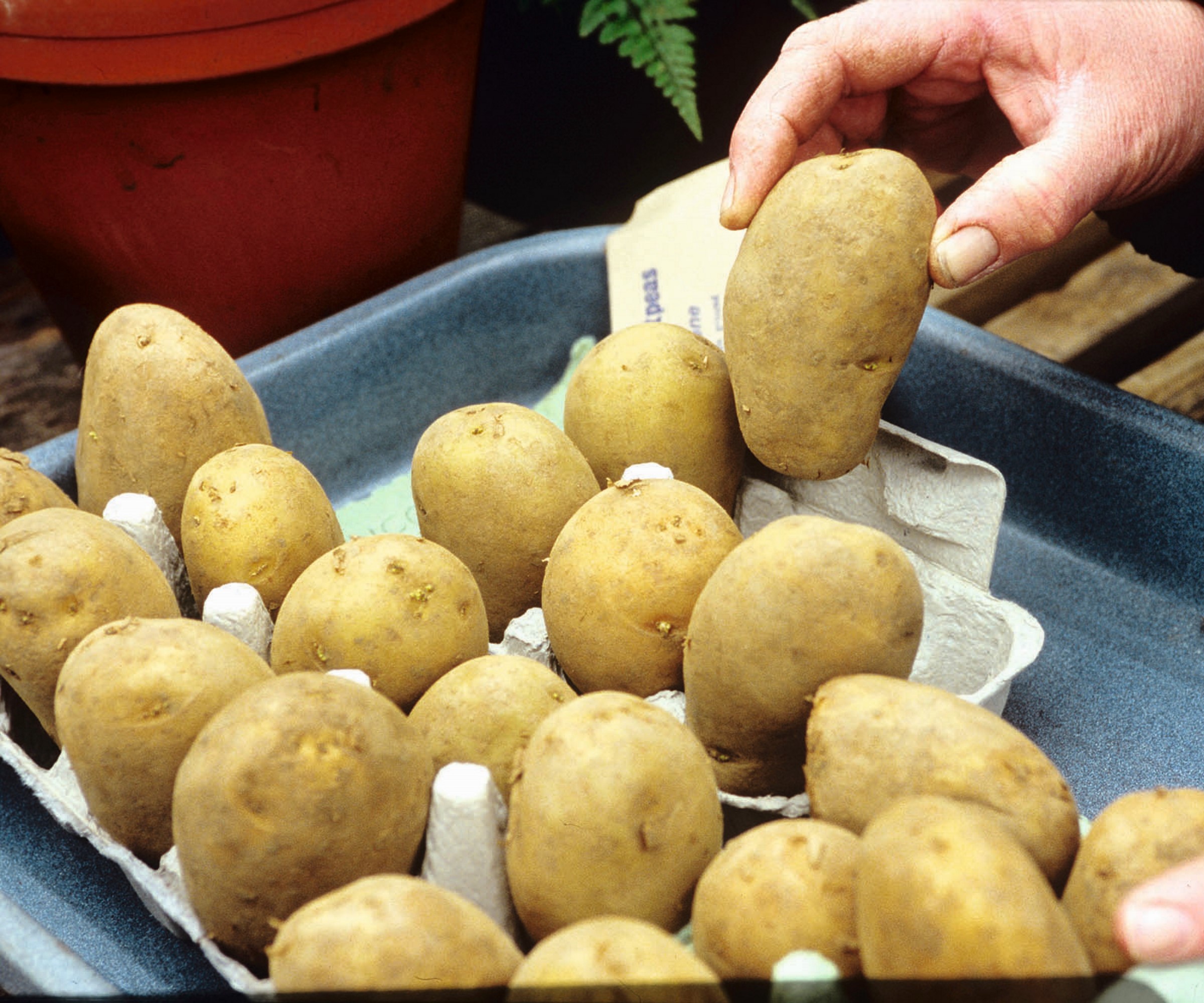
Growing potatoes is hugely popular, due to their simplicity and the satisfaction of harvesting homegrown spuds. No matter the type of potatoes you grow, whether early or maincrop varieties, it is possible to save your own seed potatoes to plant the following year.
When you harvest potatoes in summer and fall, it is worth setting aside some nice, blemish-free tubers to store over winter, with the intention of planting potatoes again in spring.
Only store potatoes that are not damaged or soft, and there is no need to wash them before storing. You can brush off excess soil, but you don’t need to do a full clean, as this will limit their storage potential. An ideal place to store potatoes is dark, cool, and with temperatures of 45-50ºF.
Check the tubers regularly during the colder months. Once spring rolls around, get the tubers out of storage and begin the process of chitting potatoes on a windowsill, which gets the tubers sprouting earlier and ultimately gives you a better crop.
See the range of potatoes for planting at Amazon
See the range of potatoes for planting at Walmart
See the range of potatoes for planting at Burpee
4. Garlic
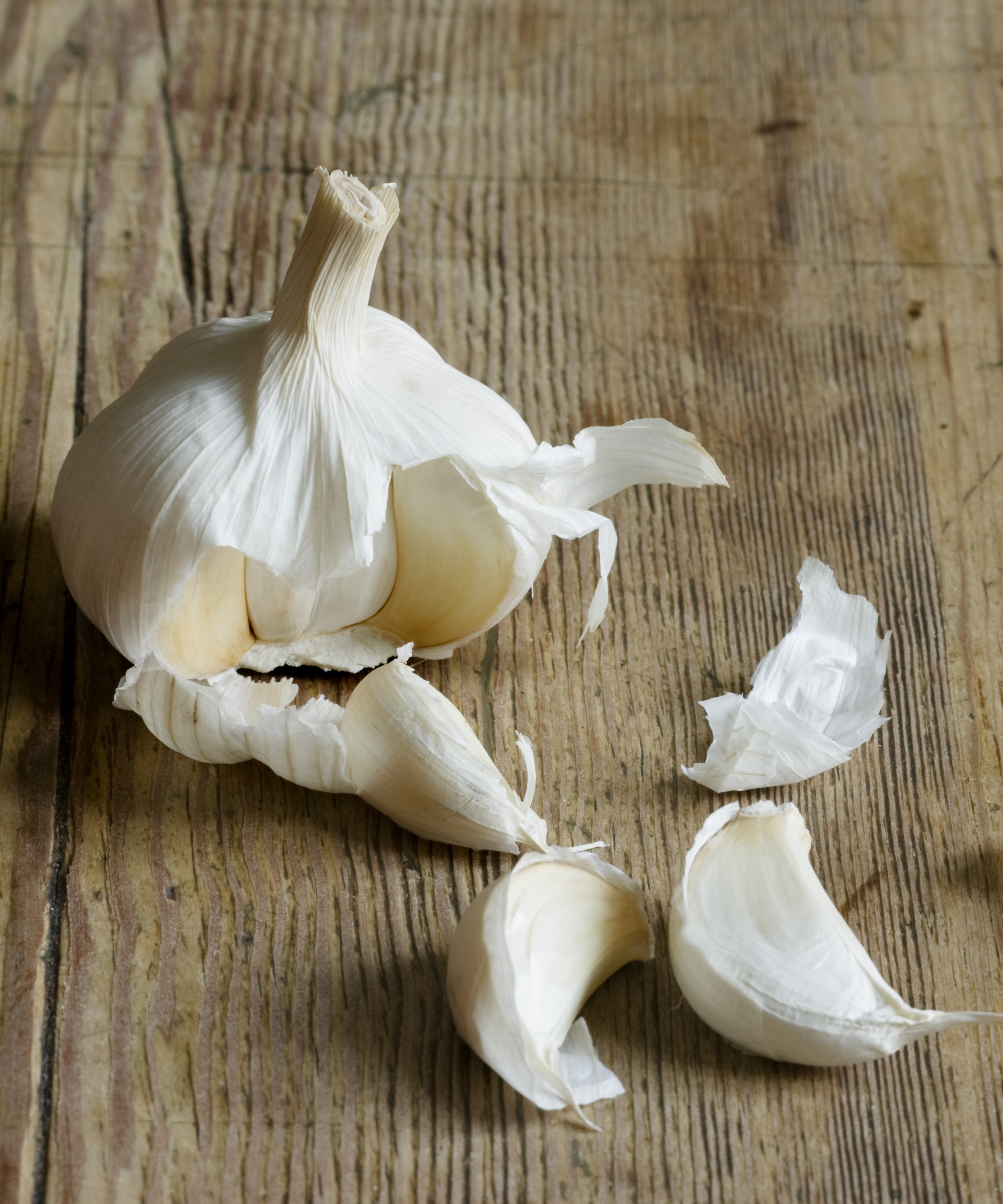
If you grow garlic and want to avoid the cost of buying new bulbs every year, saving some of your homegrown crop is a great route to go. Providing you know how to lift and store garlic correctly, it is easy to replant bulbs – and a safer option than growing garlic from grocery store garlic.
Harvest garlic in mid-to-late summer, when the foliage dies back. Take care lifting the bulbs from the soil, and cure the garlic. This process of curing the bulbs ensures they can be stored for the longest possible time, and is key if you aspire to save bulbs to plant again.
You do this by brushing off any surplus of dirt and trimming away the excess foliage, leaving six to nine inches of stem attached, before placing the garlic in a dark, well-ventilated place for up to three weeks.
Set aside some of the largest bulbs to plant again, as planting bigger cloves is one way to grow bigger garlic next year. Separate the bulbs into cloves and plant garlic in the fall.
Saving and replanting bulbs works for all types of garlic, including both hardneck and softneck garlic, plus elephant garlic.
See the range of garlic to plant at Amazon
See the range of garlic to plant at Walmart
See the range of garlic to plant at Burpee
See the range of garlic to plant at True Leaf Market
5. Peppers
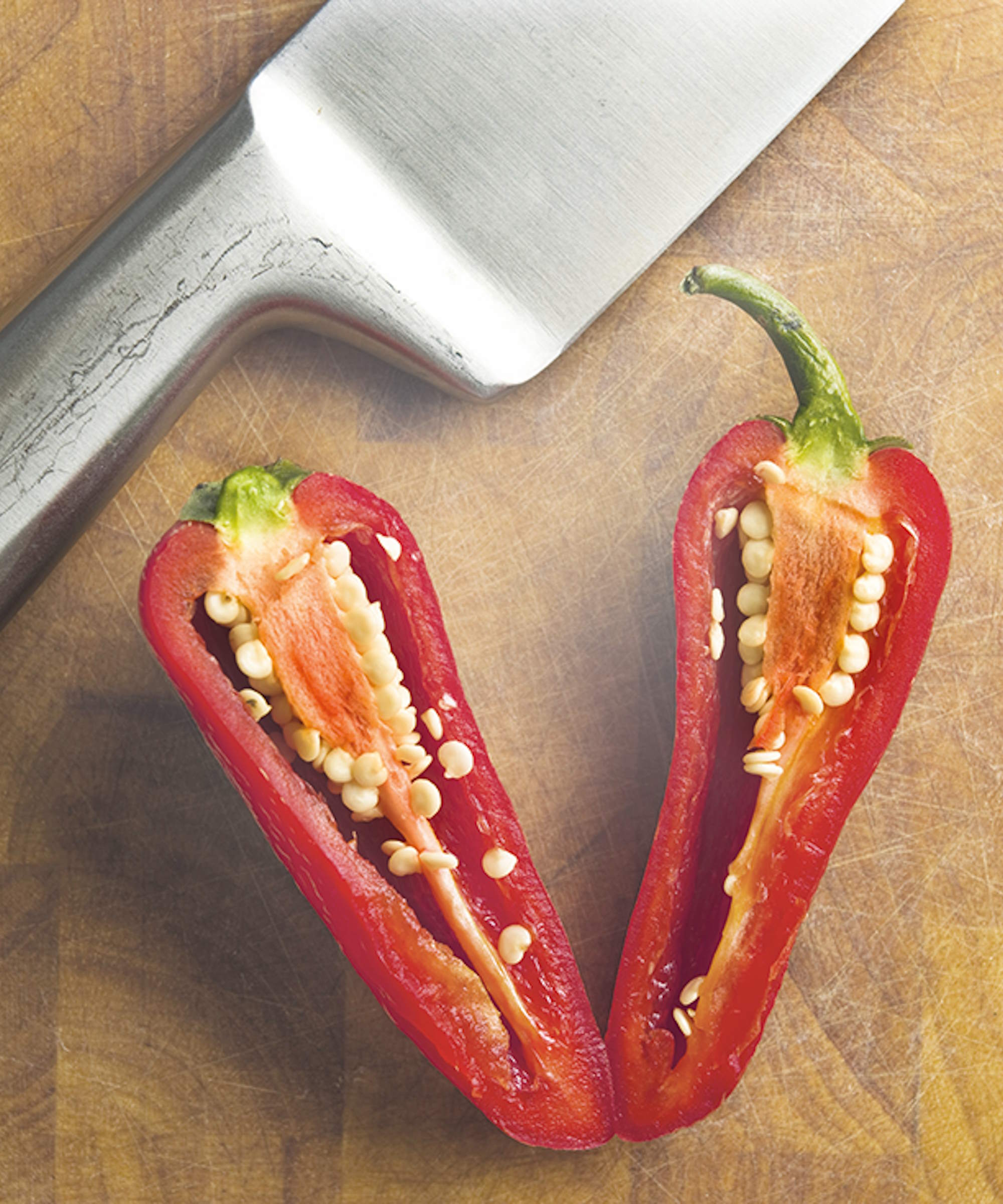
Saving pepper seeds is a simple way to grow the same plants each year if you have identified a favorite and reliable variety of bell pepper or chili pepper.
However, before attempting to save seeds, check your chosen type is an heirloom and not a hybrid variety, as the latter will not come true to seed and be a waste of your time and effort.
To collect seeds, a pepper must be fully ripe. This is typically exemplified by the fruit reaching its final color and having a softer texture. It needs patience, but it pays off as seeds from immature fruits can be unviable.
Slice the pepper open and carefully scrape off all the seeds (gloves are recommended for handling hotter types of chili peppers). The seeds need rinsing to clean off any pulp, and then drying, which can be done by laying them out in an even layer on a plate in a well-ventilated area for a few weeks.
When properly stored in a cool, dry, and dark environment, pepper seeds can remain viable for around three years.
See the range of pepper seeds at Amazon
See the range of pepper seeds at Walmart
See the range of pepper seeds at Burpee
See the range of pepper seeds at True Leaf Market
There are, of course, many more vegetables you can save seeds from. This includes saving cucumber seeds, harvesting zucchini seeds, and collecting lettuce seeds.
However, one thing to avoid is collecting seeds of brassicas in the cabbage family. The likes of cabbage, broccoli, cauliflower, kale, and Brussels sprouts all cross-pollinate with each other. Unless you can isolate them, it is hard to know exactly what you’ll get.
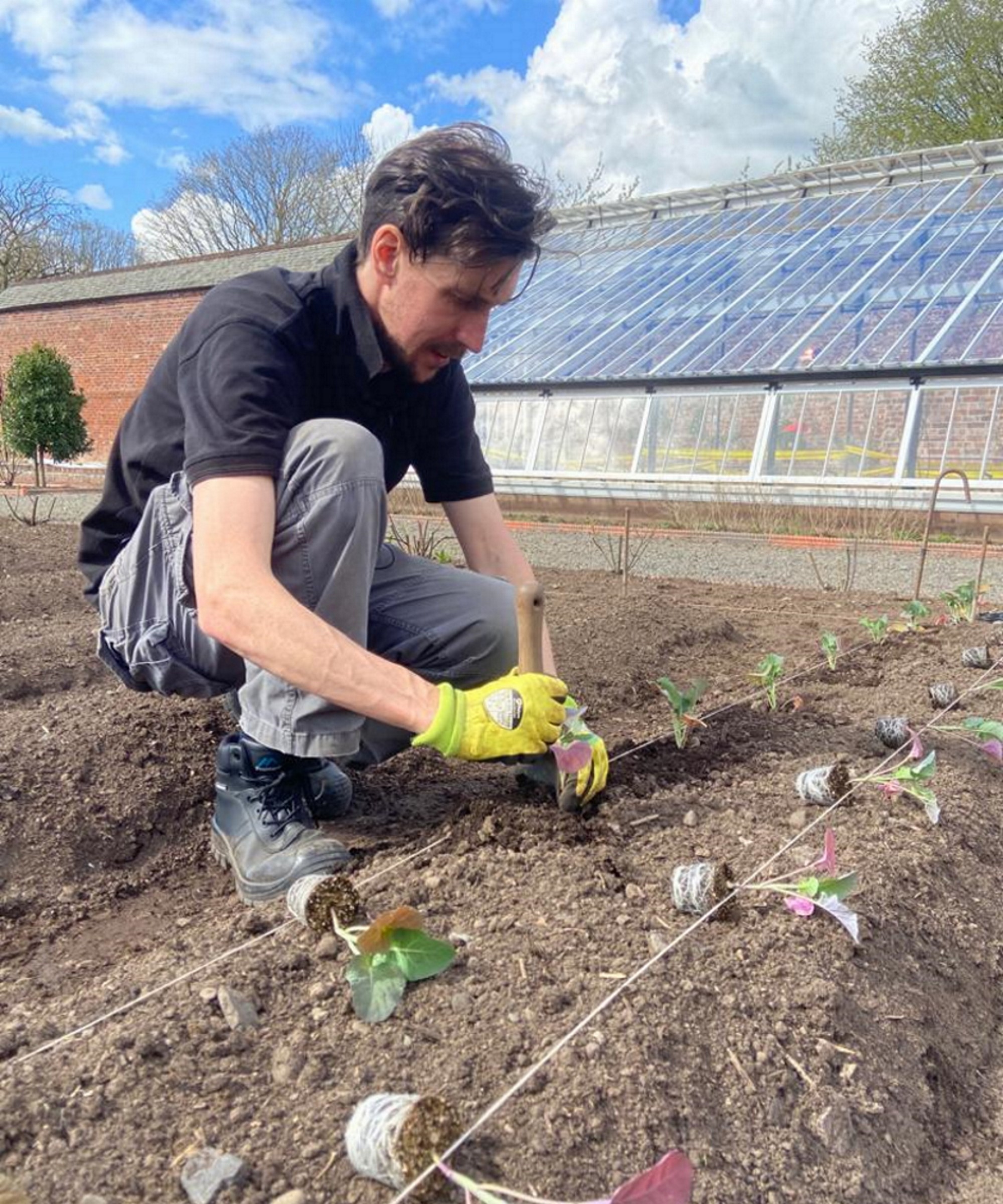
Drew has worked as a writer since 2008 and was also a professional gardener for many years. As a trained horticulturist, he worked in prestigious historic gardens, including Hanbury Hall and the world-famous Hidcote Manor Garden. He also spent time as a specialist kitchen gardener at Soho Farmhouse and Netherby Hall, where he grew vegetables, fruit, herbs, and cut flowers for restaurants. Drew has written for numerous print and online publications and is an allotment holder and garden blogger. He is shortlisted for the Digital Gardening Writer of the Year at the 2025 Garden Media Guild Awards.
You must confirm your public display name before commenting
Please logout and then login again, you will then be prompted to enter your display name.

